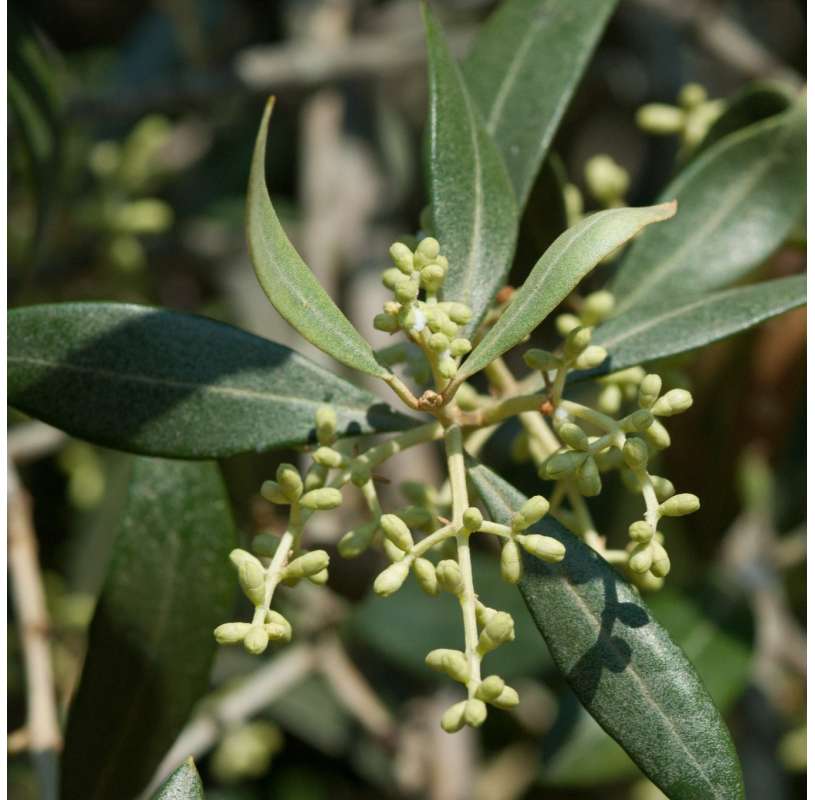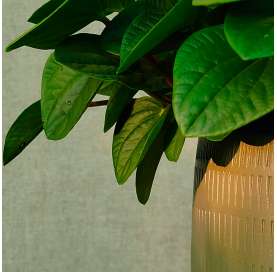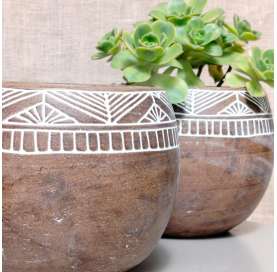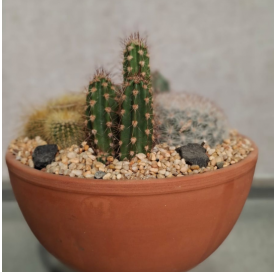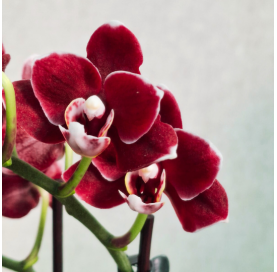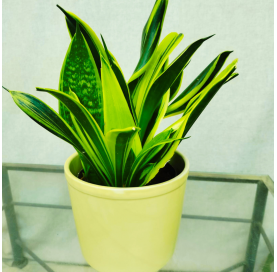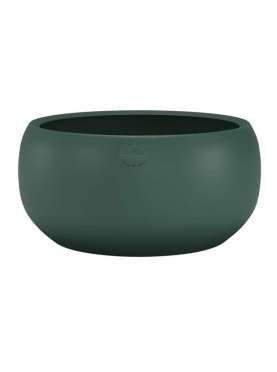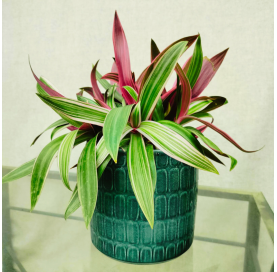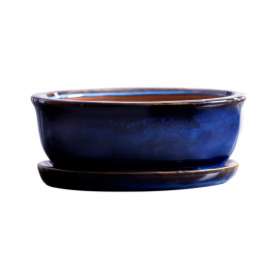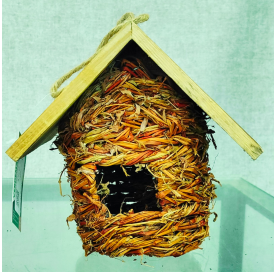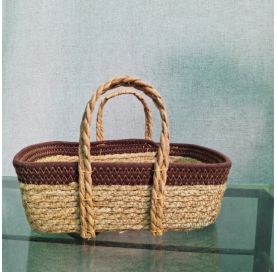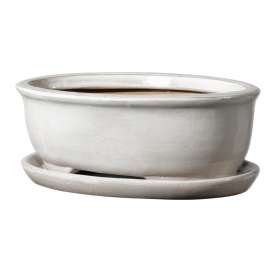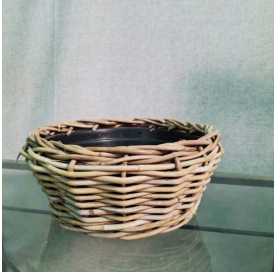Mini olive tree in clay bowl
Make it easy to get to the world of bonsais.
 Encrypted payments for greater security
Encrypted payments for greater security
To reduce the plant's time in transit, shipments are made from Monday to Wednesday.


Shipping only to mainland Spain and mainland Portugal
Description: Olea europaea, commonly known as the olive tree, is an emblematic member of the oleaceae family that has been a fundamental component of Mediterranean culture since the dawn of civilization. This tree, rich in symbolism, represents values such as plenitude, light, peace, prosperity, and joy in our region.
History: The olive tree has a rich and deep history in Mediterranean culture. Its presence dates back to antiquity, and its oil, often referred to as "liquid gold," has been prized both for its flavor and its beneficial health properties. From the times of ancient civilizations to the present day, the olive tree has played a crucial role in the gastronomy and daily life of the Mediterranean region.
Care: The olive tree is a robust and long-lived tree that thrives in arid and infertile soils. However, to maximize its production, it is essential to provide the right levels of fertilization and watering. Pruning should be done in spring, once the cold has passed. During this season, damaged, broken branches, or those that do not contribute to a proportional shape should be removed. Additionally, it is crucial to clear the olive tree of branches that hinder proper ventilation, which, in turn, helps prevent potential pests and diseases.
Watering: It is fundamental to avoid waterlogging the soil around the olive tree to prevent diseases. Irrigation should be controlled and adapted to local conditions, avoiding the soil from remaining constantly moist.
Temperature and Adaptation to Climate: The olive tree is resistant and adapts well to Mediterranean climates but can survive in various climate conditions. However, it is more productive in warm and sunny climates.
Fertilization: Providing the right nutrients through fertilization is essential for the healthy growth of the olive tree. It is recommended to follow specific fertilization guidelines based on soil needs and local conditions.
Uses and Olive Varieties: The fruit of the olive tree, the olive, comes in various varieties in our country, each with its distinctive flavor and texture. Some of the main varieties include "Picual," "Cornicabra," "Hojiblanca," "Lechín de Sevilla," "Arbequina," and "Picudo." These olives are used to produce high-quality extra virgin olive oil, a key ingredient in Mediterranean cuisine.
Discover the legacy of the olive tree and its importance in Mediterranean culture at Viveros González. Explore our
Descubre el legado del olivo y su importancia en la cultura mediterránea en Viveros González. Explore nuestras variedades de aceitunas y aprenda a cuidar de este árbol icónico que ha perdurado a lo largo de los siglos.
Data sheet
- Name
- Olea Europaea
- Origen
- Mediterranean area
- Height
- Up to 10 m
- Colour
- Green and grey leaves, white flowers
- Flowering
- Spring
- Location
- Sun
- Temperature
- Between 10ºC to 40ºC
- Irrigation
- Moderate without waterlogging, drought tolerant
- Sowing distance
- From 10 to 12m
- Applications
- Decorative and ornamental plants
- Sales format
- Pot 20cm
- Note
- As it is a live plant and depending on the season, the plant may be received, in some cases, not exactly the same as in the photograph, but as close as possible. This does not affect the quality of the plant.
12 other products in the same category:
-
Clay flowerpot€15.00
-
Centro de cactus€16.00
-
Mini Purple Orchid€12.00
-
Lengua de Suegra...€26.00
-
Tradescantia spathacea in...€20.50
-
Bonsai SAN oval planter blue€65.00
-
Casa de pájaro€12.00
-
-
Cesta de mimbre€35.00

 English
English Spanish
Spanish